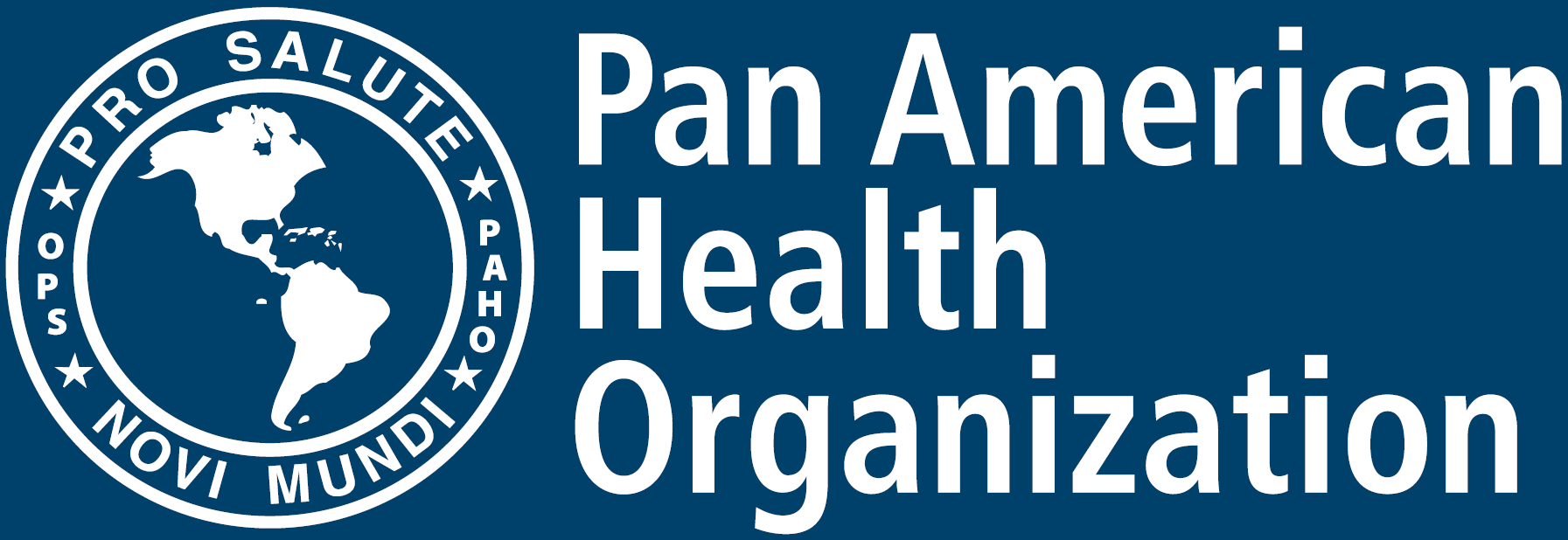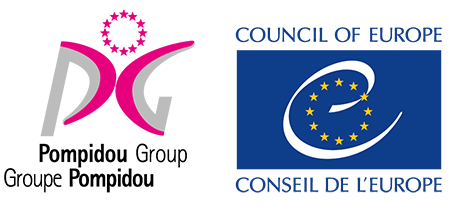In-depth assessment of capacity of treatment systems for substance use disorders using the methodology developed by WHO in the context of treatment coverage for substance use disorders (Service Capacity Index for Substance Use Disorders – SCI-SUD)
Building upon previous experience with the WHO-SAIMS and the WHO Global Information System on Resources for the Prevention and Treatment of SUD (WHO ATLAS-SU) and using WHO Framework for Monitoring Health Systems, WHO has developed a methodology for assessment of capacity of health systems to provide effective treatment of alcohol and drug use disorders and progress achieved towards assessment of SDG health target 3.5. The methodology was developed and implemented during the two rounds of data collection in the framework of the WHO Global Survey on Progress with SDG Health Target 3.5. The methodology demonstrated the feasibility of producing results appropriate for continuing reporting that is (1) based upon national data; (2) feasible for monitoring at global; regional and national levels; (3) produces data which are comparable across countries; and (4) can inform local actions for service strengthening. It is based on data collection from and within countries on a wide range of indicators, reflecting capacity and coverage of treatment services, and could be extended to in-depth planning of service improvement. This methodological approach has different objectives and can complement activities aimed at quality assurance of services and interventions. The emergence of potent synthetic drugs present substantial challenges for health service responses to drug use and drug use disorders, and treatment systems may not be fully equipped to respond to the changes on the drug scene and in substance use profiles of their clients.
Resources for Substance Use Disorders
Service Capacity Index for Substance Use Disorders
The presented methodology for data collection (WHO Global Survey on Progress with SDG Health Target 3.5) and analysis (producing comparable SCI-SUD estimates for all countries) offers a new approach to monitoring the capacity of treatment systems for AUD and DUD, representing how well health systems are prepared to deliver services to people with these conditions. It demonstrated the feasibility of producing meaningful indices appropriate for continuing reporting that is (1) based upon national data; (2) feasible for monitoring at global; regional and national levels; (3) produces data which are comparable across countries; and (4) can inform local actions for service strengthening.
The presented method has several advantages and represents a significant step forward in understanding and regularly monitoring the global situation in regard to the development of treatment systems for SUD. For the first time, a method allowing estimation of service capacity for all countries and territories was presented. Based on the data collected, it is possible to produce indices reflecting the overall capacity of services to provide treatment for people with SUD, but also specifically for AUD and DUD, which importantly reflects differences across countries in treatment provision for these conditions. All three directly derived indices (SCI-SUD, SCI-AUD, SCI-DUD) and imputed SCI-SUD are strongly associated with macro-level economic and healthcare-related variables and variables related to the basic epidemiology of SU and SUD. The strong association with external variables indicates good construct validity of the measure. As one would expect, countries with a higher GDP, security, longer mean education, and less poverty demonstrated higher SCI-SUD. Similarly, the indices are associated with variables related to population health and healthcare, with countries having higher health expenditure, longer life expectancy, lower mortality, higher numbers of hospital beds and physicians displaying higher SCI-SUD. Importantly, the index is strongly associated with the UHC service coverage index which is an indication of a good convergent validity since both try to measure development of health services, just for different conditions. In addition, the indices seem to be specific, with SCI-AUD tending to display stronger associations with variables related to the epidemiology of AUD than does SCI-DUD, and vice versa. Then, by covering a wide range of values, there is an indication that the SCI-SUD might be well-suited to differentiate the countries in terms of service capacity.
In 2019, 154 countries provided data to WHO Global Survey on Progress with SDG Health Target 3.5. Data for direct SCI-SUD computation were available for 145 countries. With additional step of in-depth country level assessment, the methodology can facilitate actions for service strengthening at national level.
a) introduction of SCI-SUD and its methodology to the target audiences; b) comprehensive and in-depth assessment of treatment systems using the SCI methodology with in-depth mapping, compilation, and analysis of data with a particular focus on synthetic drugs; c) identification of “bottlenecks” and insufficiently developed treatment domains with development of a roadmap to address deficiencies and strengthen capacity of health systems to address substance use disorders; d) (sub)national workshops with presentation of assessment results and plans to address the current deficiencies; e) capacity building on strengthening data generation and analysis for policy and decision makers; f) integration of SCI indicators into existing health information systems to improve data collection and reporting on service capacity for treatment of substance use disorders; g) development/adaptation of national tools for assessment of treatment systems (with due consideration of the impact of synthetic drugs) and reporting to the international monitoring frameworks.
Further improvement of SCI-SUD methodology and reporting to the international monitoring frameworks in line with SDG indicator 3.5.1
(a) identification of current barriers and opportunities for strengthening treatment of substance use disorders and improving the treatment coverage; b) national or subnational roadmaps for development of treatment systems based on results of the assessment using WHO SCI methodology; c) strengthened health information systems and capacity to collect information needed for improving treatment of substance use disorders and reporting on SDG health target 3.5 (indicator 3.5.1); d) trained personnel in countries to generate, analyze and use data for actions in improving treatment of substance use disorders; e) national tools for assessment of treatment systems based on SCI-SUD methodology.
Current State Participants
Data were collected from 154 countries in 2019, and new round of global data collection is ongoing in 2023.
Vladimir Poznyak (poznyakv [at] who [dot] int (poznyakv[at]who[dot]int))
Dzmitry Krupchanka (krupchankad [at] who [dot] int (krupchankad[at]who[dot]int))




